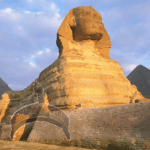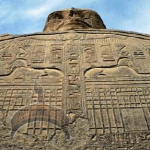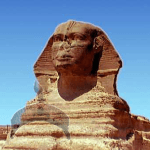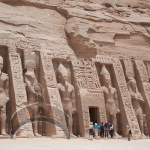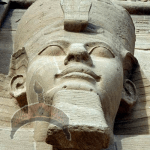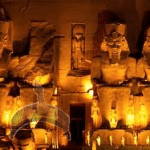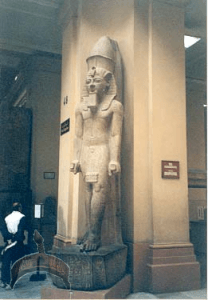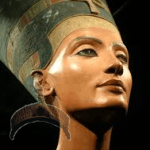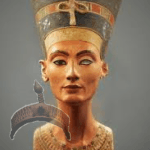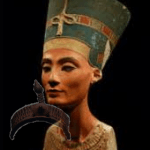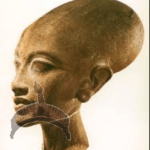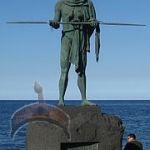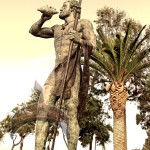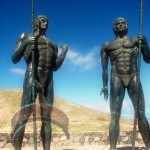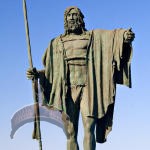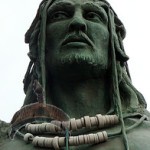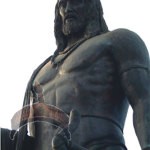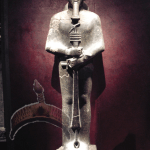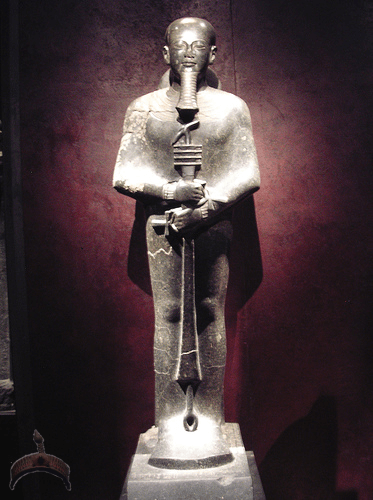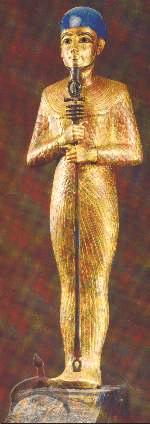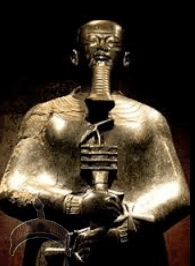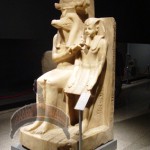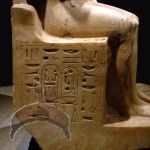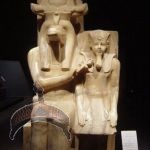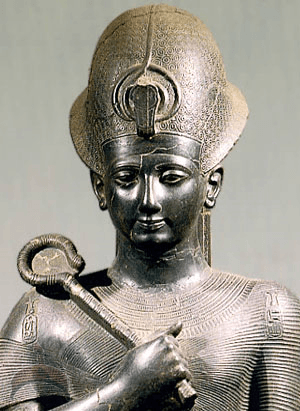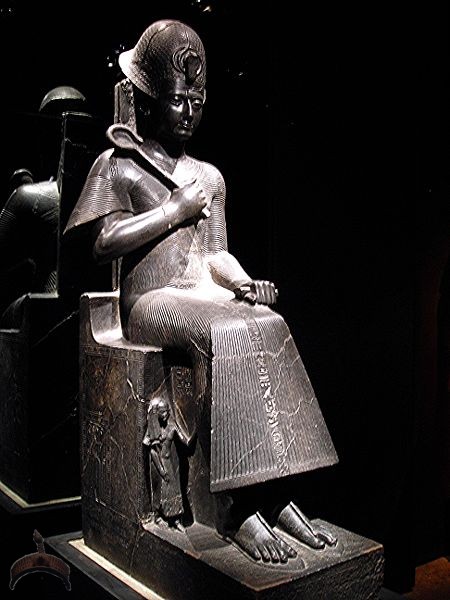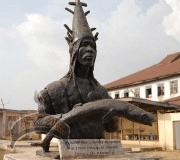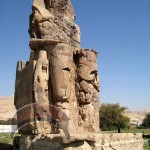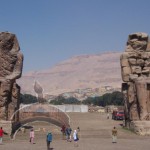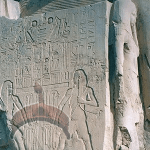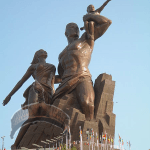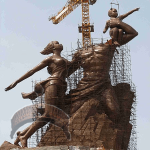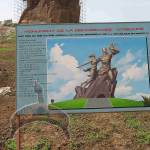19 Colossal Statue of Amenhotep III
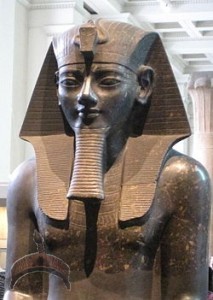
Amenhotep III (infrequently read as Amenophis III; Egyptian Amāna-Ḥātpa; significance Amun is Satisfied) otherwise called Amenhotep the Magnificent was the 9th pharaoh of the 18th tradition. As per diverse creators, he managed Egypt from June 1386 to 1349 BC or June 1388 BC to December 1351 BC/1350 BC after his dad Thutmose IV passed on. Amenhotep III was the child of Thutmose by Mutemwiya, a minor wife of Amenhotep’s dad. His rule was a time of extraordinary flourishing and creative quality, when Egypt came to the crest of her masterful and worldwide force. When he passed on (most likely in the 39th year of his rule), his child at first managed as Amenhotep IV, however later changed his own imperial name to Akhena
20)African Renaissance Monument
The African Renaissance Monument is a 49m tall bronze statue situated on top one of the twin slopes known as Collines des Mamelles, outside of Dakar, Senegal. Manufactured ignoring the Atlantic Ocean in the Ouakam suburb, the statue was outlined by the Senegalese planner Pierre Goudiaby after a thought displayed by president Abdoulaye Wade and constructed by an organization from North Korea. Site planning on top of the 100-meter high slope started in 2006 and development of the bronze statue started April 3, 2008. Initially planned for fruition in December 2009, deferrals extended into mid 2010, and the formal commitment happened on 4 April 2010, Senegal’s “National Day,” honoring the 50th commemoration of the nation’s autonomy from France. It is the tallest statue on the planet outside Asia and the previous Soviet Union.



